- Healthy earwax texture and color can greatly vary depending on factors such as ethnicity, environment, age and diet.
- The two main types of earwax are wet and dry, based on differing texture and color composition.
- The ears are self-cleaning, but too much earwax can lead to a blockage. A doctor can help provide specific guidance in this situation. .
Earwax, also known as cerumen, is a normal, naturally occurring substance that helps to regulate your ear health by protecting the ear canal from debris, dirt and infection. While earwax does play an important role in maintaining our health, it is often overlooked. Earwax can actually tell us a lot about ourselves, especially considering that its composition varies from person to person, depending on factors such as ethnicity, environment, age and diet.
One fact about earwax that many people may not know, is that there are actually two different types of earwax: wet and dry. Earwax can also vary in color and texture, depending on several variables. Follow along as we breakdown everything you should know about earwax, as well as the main differences between the two different types.
What is Earwax?
Earwax, also called cerumen, is a substance made by the body to protect the ears. Earwax is normal, and naturally occurring, and has both lubricating and antibacterial properties, according to Cleveland Clinic. Earwax is a combination of dead skin cells, hair and discharge from two different glands in the ear.
Earwax is actually produced in the outer part of the ear canal, not deep inside the ear as many assume. The ears are self-cleaning and it is typically not necessary to remove earwax manually. Often, old earwax is moved through the ear canal by jaw motions such as chewing, and flakes off when it reaches the outside of the ear.
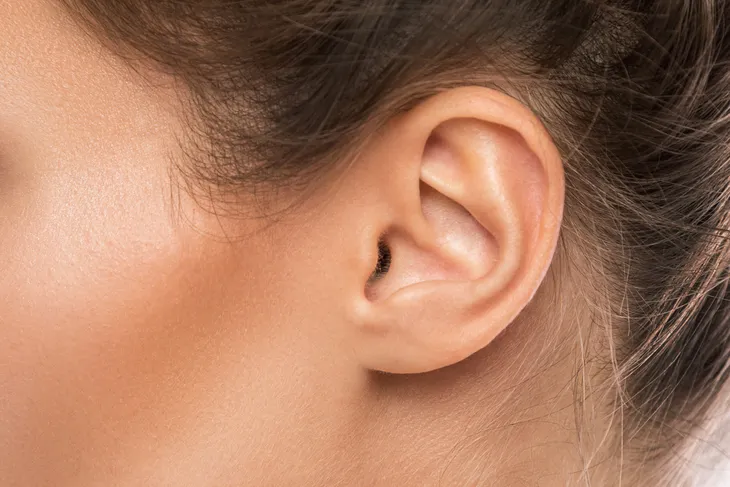 Shutterstock/BLACKDAY
Shutterstock/BLACKDAYWhat Causes Earwax?
Earwax is created by glands in the skin of the outer ear canal, according to MayoClinic. It is a combination of wax, discharge and tiny hairs that works to trap dust and other harmful elements from reaching deeper parts of the ear, such as the eardrum, and causing damage or infection.
Most often, a small amount of earwax moves towards the ear opening and is washed away or falls out as new wax replaces it. If your ears produce too much wax or it isn’t removed effectively, it may end up building up and blocking the ear canal.
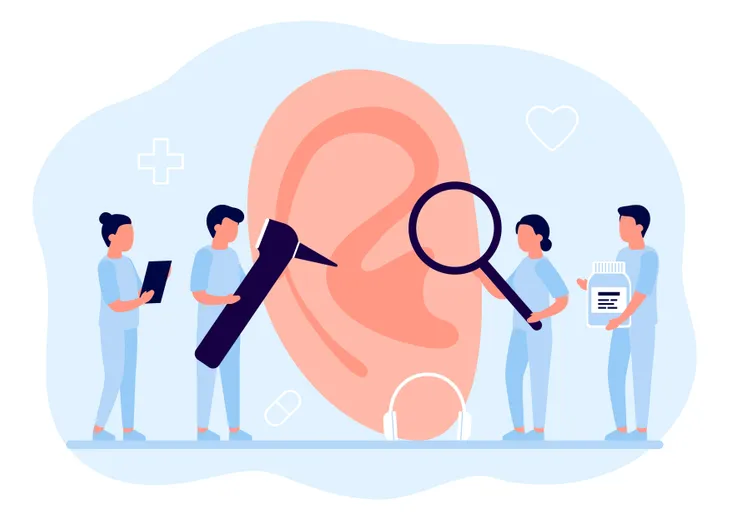 Shutterstock/Fagreia
Shutterstock/FagreiaWhy Do People Have Earwax?
Earwax is naturally occurring and helpful in maintaining the health of the ear. According to Healthy Hearing, ear wax plays an important role to benefit your ear health. Earwax acts as a natural barrier to protect the innermost parts of your ears from dirt and bacteria. Since earwax has a sticky consistency, it helps to collect microscopic debris in the ear canal, similar to a fly paper trap.
Earwax helps to moisturize and provide a protective coating to the ear canal. It keeps the outer ear hydrated to avoid becoming itchy or flaky, which could lead to infection. Earwax also acts as an insect repellent because the smell is able to keep bugs away, while the stickiness traps anything that may make their way inside the ear canal.
 Shutterstock/Rido
Shutterstock/RidoWet vs. Dry Earwax
There are two main types of earwax: wet and dry. The main differences between these two types of earwax is the color and the consistency. The color and type of earwax you have often depends on a variety of factors, such as skin type, ethnicity and health. A study by PubMed explains that the variant of the ABCC11 gene in your DNA determines whether you have wet or dry earwax.
Earwax can range in its appearance, so don’t be alarmed if your earwax appears different. According to Healthline, earwax may be soft and wet or hard and dry. It can range from yellow to brown or even gray in color. According to Benjamin Tweel, an otolaryngologist at the Mount Sinai Hospital, wet earwax is typically a golden-yellow or brown color and has a peanut butter-like consistency. Dry earwax, on the other hand, tends to be a light color and is a hard and crusty consistency.
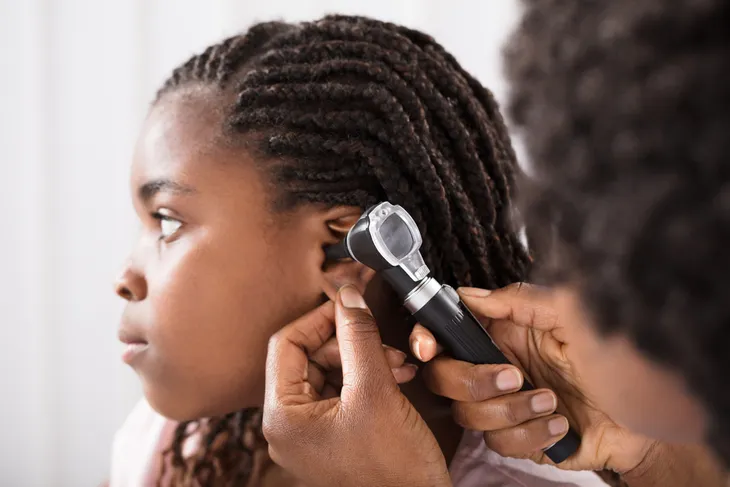 Shutterstock/Andrey_Popov
Shutterstock/Andrey_PopovWet Ear Wax Type
Wet earwax is typically characterized by a thick and sticky consistency. Wet earwax has more lipids, which is what gives it a more liquid consistency. This type of ear wax is more common in people of European and African descent, according to PubMD. Wet ear wax also tends to be more common in those that have an oily skin type.
In terms of color, wet ear wax tends to be more of a yellow-brown color, which is completely normal. If you notice that your ear wax is wet but appears pale yellow, or white, it could be a sign of infection. This pale discharge is a warning signal from your immune system and it may be time to contact a doctor for guidance.
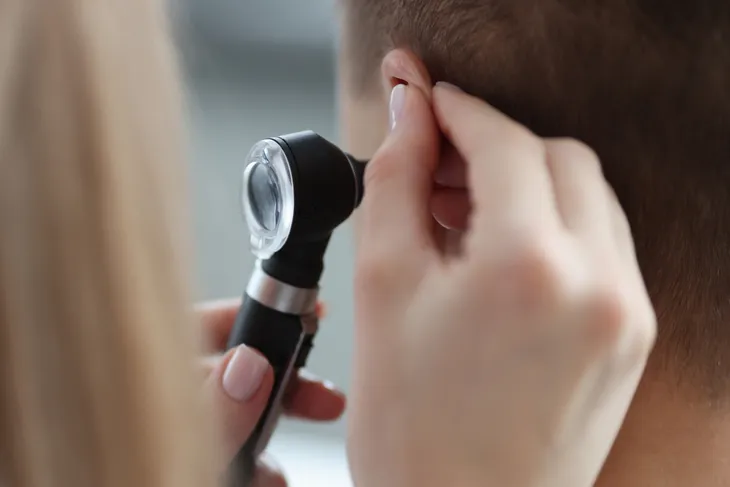 Shutterstock/CucuMberStudio
Shutterstock/CucuMberStudioDry Ear Wax Type
When it comes to ear wax type, often it is out of our control and based on genetics, skin type, and health. Healthline explains that some people naturally have hard, dry earwax. One study concluded that the dry ear wax type is more common among people of East Asian descent, and those that tend to have dry skin. In terms of color, dry earwax tends to be more of a white or grey color.
If you notice that your earwax is dry and hard, it could also be due to the fact that the earwax has stayed in the ear canal for too long. In this case, it’s important to consult a doctor to determine an appropriate and safe treatment plan to remove the earwax.
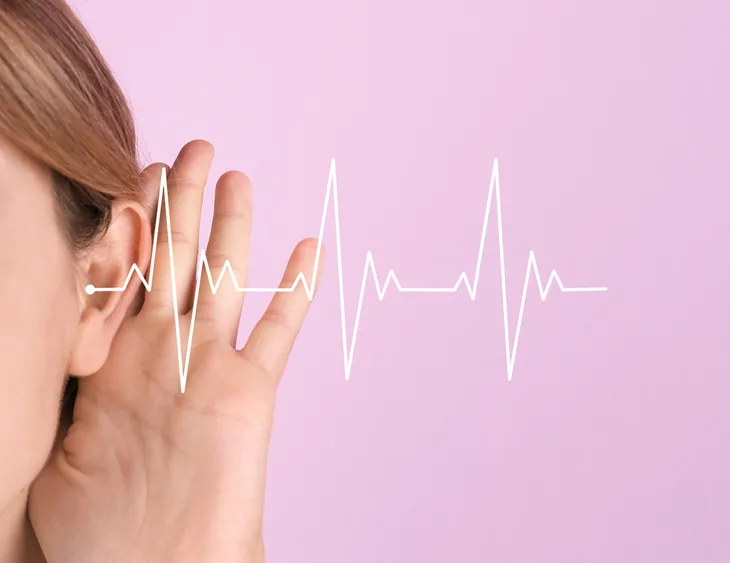 Shutterstock/New Africa
Shutterstock/New AfricaNormal Colored Earwax
When it comes to earwax color, there are a variety of colors that are considered normal. According to Healthline, typically the wet earwax type appears yellow or brown in tone, while dry earwax may appear gray or white. Earwax that is darker in color is often older earwax, while earwax that is yellow and softer tends to be newer.
Everyone’s earwax color may appear a little different, but there are a few colors to be aware of that could be an immune response signalling infection. If you notice that your earwax is blood-tinged, this could signal a scratch in the ear canal or an ear injury. If your earwax is runny or cloudy, this could be a sign of an ear infection. Lastly, if you notice that your earwax is so dark it appears black, this could be a sign of impacted earwax which needs to be removed by a professional.
 Shutterstock/ESB Professional
Shutterstock/ESB ProfessionalWhat is Earwax Buildup?
With both the wet and dry earwax types, it’s possible to experience an earwax buildup for differing reasons. Dry earwax is more likely to fall out of the ear and clear better than wet earwax. If you have dry earwax, it is still important to keep your ears clean however since dry earwax flakes can build up over time and lead to a blockage.
According to Healthline, earwax typically finds its way out of the ear canal naturally in normal circumstances. When a buildup occurs, earwax may become hard and block the ear. Some people are simply more prone to earwax blockages because they produce excess earwax, but other common causes of earwax blockage include using cotton swabs, ear buds or other objects that can push the wax deeper and create a blockage.
Signs & Symptoms of Earwax Buildup
If you feel that you may be experiencing earwax buildup, it’s important to evaluate the signs and symptoms you’re experiencing. According to Healthline, some common signs of earwax buildup include sudden or partial hearing loss, ringing or buzzing in the ear, earache, and/or a feeling of fullness in the ear. It’s important to note that hearing loss associated with earwax buildup is usually temporary.
If this earwax buildup leads to infection, you may experience more severe symptoms such as intense pain in your ear, drainage from your ear, fever, coughing, hearing loss, an odor coming from your ear, or dizziness.
 Shutterstock/aslysun
Shutterstock/aslysunHow To Clean Your Ears
If you are experiencing an earwax buildup, it may be time to clean your ears. It’s important to learn how to clean your ears properly to avoid further impacting the earwax and making the situation worse. MedicalNewsToday explains that you must be extremely careful attempting clear earwax buildup on your own because this could end up leading to further damage, infection or even hearing loss.
If you do wish to clean your ears at home, the best method to do this is to gently wash the outer ears with mild soap and water to clear away any wax that has fallen from the walls of the canal. Earwax thinning drops are another option to loosen the blockage. If these methods do not work, it’s best to consult a doctor to discuss professional options for removing the blockage.
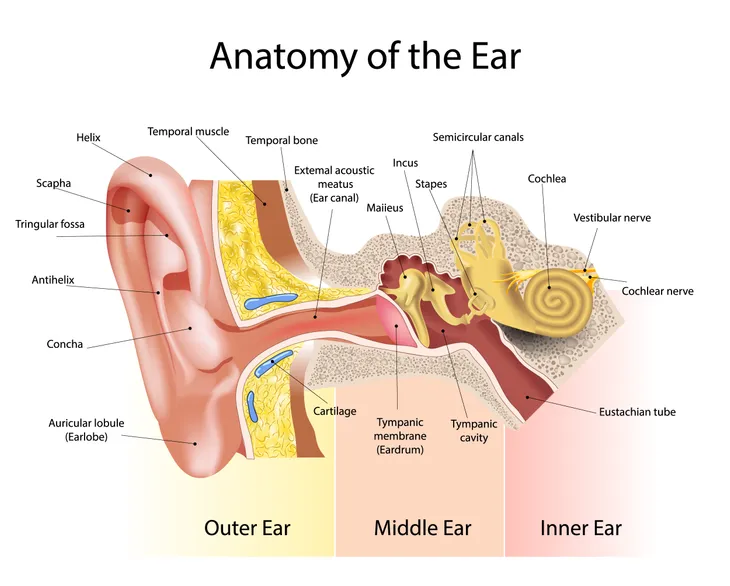 Shutterstock/SVETLANA VERBINSKAYA
Shutterstock/SVETLANA VERBINSKAYAWhat Not To Do
When it comes to cleaning your ears at home, it’s important to be gentle since it’s possible you can make the situation worse. It’s best to avoid using any tools that are required to be inserted into the ear canal to remove earwax such as fingers, cotton swabs or any pointy tools.
It’s also best to avoid using ear candles because if used incorrectly, it can lead to serious injuries, including burns. Additionally, it’s often recommended to avoid using suction devices for home use to clear earwax. Often these tools are not effective and can end up leading to further damage.
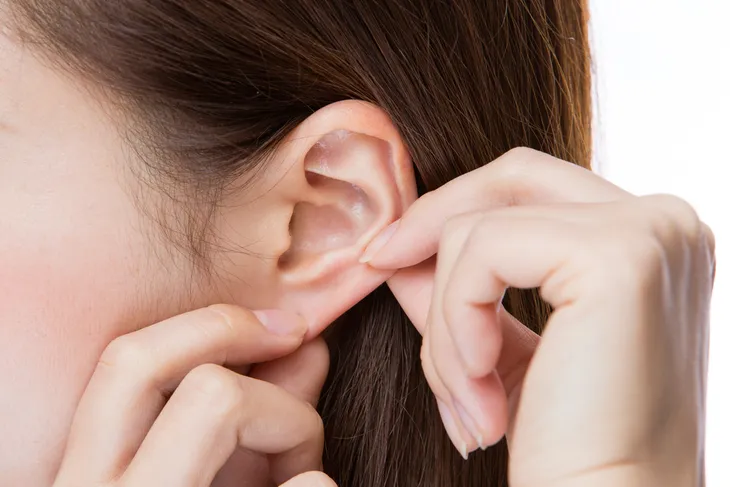 Shutterstock/kei907
Shutterstock/kei907When to Contact a Doctor
When it comes to earwax concerns such as texture, color and blockages, it’s best to consult a doctor if you have any additional questions or concerns Additionally, if you begin to experience severe symptoms such as sudden loss of hearing, loss of balance, inability to walk, or a high fever, it’s best to consult a doctor immediately.
A doctor will be able to evaluate and diagnose any issues and help provide a treatment plan to remedy the situation. Healthline explains that often doctors will use an otoscope, a lighted instrument with a magnifier, to see clearly into your inner ear and determine the issue and best course of action.
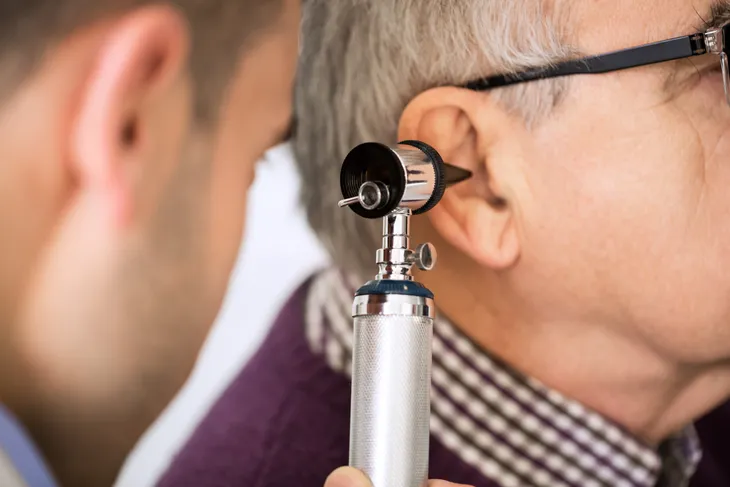 Shutterstock/didesign021
Shutterstock/didesign021



